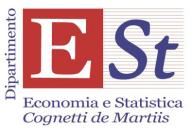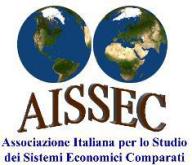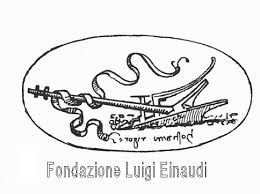by Giorgio Brosio
Local governments in China are responsible for much of infrastructure investment. On the other hand, local governments also have few own revenue resources and little discretion over tax rates and policy.
Recurrent taxes on property values are marginal because residential property owned by Chinese is exempt: the tax base is not market value, but at best the initial value with some adjustments. Also the tax rates are low. Only expatriate and overseas Chinese people pay, and little, property tax.
The consequences are the loss of a huge tax base and that local revenue is coming from highly unstable tax bases, such as primarily land leasing fees and taxes on property transactions.
Central transfers are mainly for current spending, leaving a small margin to finance badly needed infrastructure, particularly for green growth. Borrowing by local government being not (yet) allowed, financing needs have been satisfied by circumventing the regulations, creation of special vehicles, and by sales of land.
Extensive use of off-budget mechanisms to finance infrastructure investment is a threat to local and national financial stability, while availability of land for sale has been exhausted in the urban areas.
Property tax
All this points to the need of expanding subnational taxation. While the role of a fully-fledged property tax is crucial for the development of an urban strategy underpinning sustainable growth, the challenges of design and implementation are formidable.
There is also wide popular opposition against property taxation, since no tax has been paid on residential property since 1949. Also acquisition of first, second and third property is a widespread form of saving and its taxation would be considered as an attack to saving.
Assessment of values is still problematic, also because of insufficient definition of property rights. In consideration of these difficulties an English Community Charge type property tax, would suit China better than a classical property tax paid by the owner only. The English Communities Charge is paid by the occupant of the dwelling and linked to benefits received.
The charge would reduce the number of vacant properties, easing rents and dampening the increase of property prices. Another advantage would be facilitation of access to credit, which is badly needed to finance a sustainable urbanization strategy.
The Chinese government has put the introduction of a property tax high on its reform agenda. The People’s Daily announced last August the country is likely to introduce a nationwide property tax as early as next year (2015).
There have also been, as it happens frequently in China with most policies, a few pilot experiments. Early 2011 Shanghai started to newly purchased second homes of residents and first homes of nonresidents on the basis of the market value, with the exclusion from the tax base of 60 square meters per person. Chongqing is targeting the existing single-family residences and newly purchased luxury apartments of residents, or newly purchased second homes of nonresidents. The program excludes 180 square meters for the single-family residences and 100 square meters for apartments in Chongqing.
However, only about 8,000 parcels are reported to have levied a property tax in these two cities combined. This is a very modest progress.
Congestion taxes and fees
The taxes are suggested by an increasing literature and are sponsored by governments, particularly in the Scandinavian countries. There are, however, a still limited number of cases of implementation including London, Milan and Singapore, where a congestion fee is applied to vehicles passing through cordons that identify central and congested areas.
This instrument is considered with increased interest in Chinese cities, overwhelmed by the staggering increase of vehicles in urban centers.
It can supplement and partially replace national fuel taxes contributing to urban planning. Its revenue would also supplement funds for sustainable growth infrastructure.
Use of new technologies – GPS and electronic gates – makes congestions taxes accessible. The burden would be scaled according to the different spatial incidence of damage: impacting mostly on urban areas. It would internalize the polluting impact and other (accidents) damages deriving from vehicle use in congested areas. It would also have a potential for increasing the revenue from property tax. This is because reduced congestion leads to increased residential property values in (former) congested area that is likely to outweigh the reduction of values in other areas. On balance, this would lead to increased collections with frequent re-assessment of property values.









